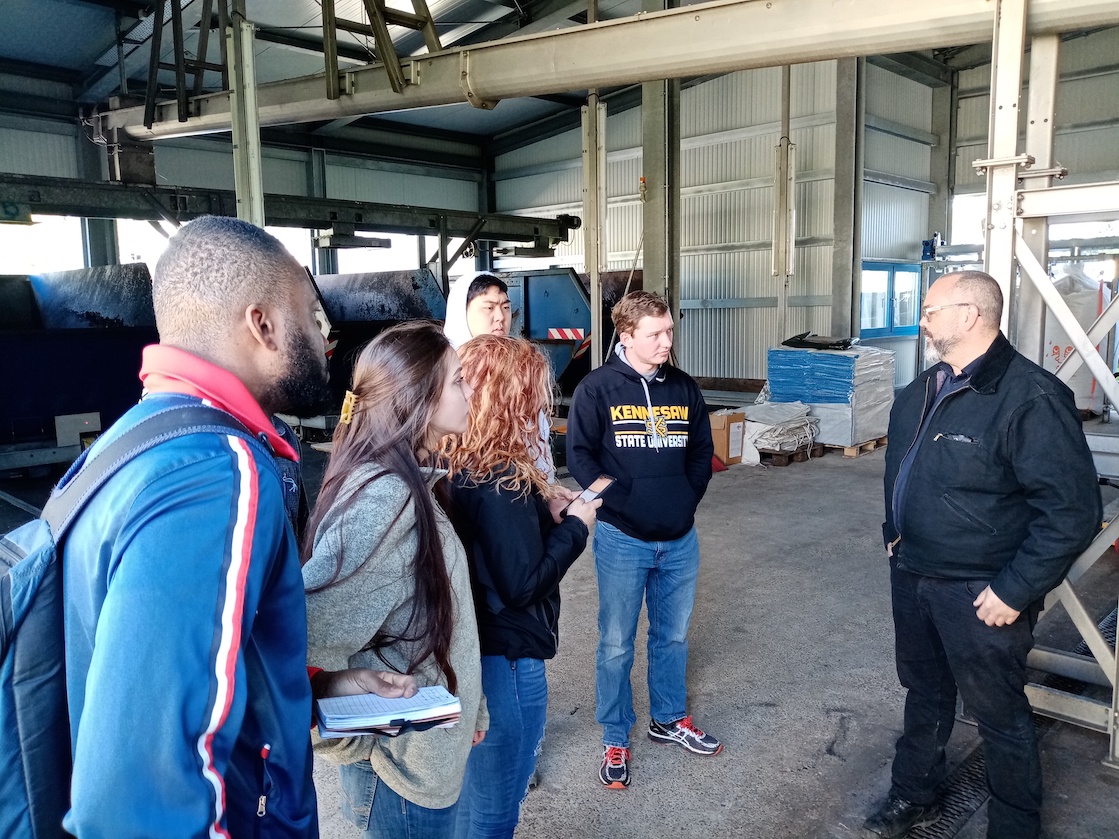On June 5 and 6, the Major League Baseball draft saw franchises get their hands on six players from the KSU baseball program. This year’s team produced the second most players ever taken in the draft in program history compared to the class of 2009 with two first-round players drafted. This ended up bringing the program total of big league players to 50. The headliner of this draft class belonged to catcher Ronnie Freeman, who was selected in the fifth round by the Arizona Diamondbacks.
Other Owls that were selected included Will Howard from the Baltimore Orioles, Travis Dean from the Texas Rangers, Josh Carr from the Detroit Tigers and two future Owls coming in from high school include Jordan Hillyer from the Miami Marlins and Alex Liquori from the Minnesota Twins.
Most schools could only dream of sending that many players to the big leagues, but head coach Mike Sansing seemed to be both proud and truly humbled about his players’ achievements, calling the development, “just another day at the office.”
The Sentinel got a chance to sit down with both coach Sansing to get his insight on the draft.
The Sentinel: How does it feel to have produced the second biggest class in draft history?
Sansing: Great! It’s a tradition and it’s a result of our great player development program we have here at KSU.
The Sentinel: What separates KSU’s program from the others in your conference?
Sansing: Teaching. We show our players how to act like a professional and the things that will be expected of them when they get there.
The Sentinel: How do you prepare and groom your players to be professionals?
Sansing: It’s a part of college. You have to master time management and we educate our players all year round. Even as the draft nears, we are constantly coaching them on acting and carrying themselves as professionals.
The Sentinel: Did you think you would have more or less players drafted?
Sansing: We felt like it should have been more because we want all of our players to live out their dreams if they want to go to the pros.
The Sentinel: How does this give you an advantage in recruiting?
Sansing: Recruits and their parents have seen our progress in our program; they know that if they come here they will get the attention and education they need to go on to the next level in their life, whether it’s baseball or academics.
The Sentinel: How do you and your staff approach replacing the players you lost?
Sansing: It’s always a challenge, but we do our homework and stay in contact with the MLB scouts all year round, so there’s no surprise.
The Sentinel: Were you surprised about your two signees getting selected?
Sansing: No, we anticipated they were going to get drafted and we also anticipate them coming to school as well, but once again we were always a step ahead because of our relationships with the MLB scouts.
The Sentinel: At what point of the season did you know you had MLB prospects?
Sansing: The seniors were prepared, but the others we knew as they progressed and got better throughout the season.
The Sentinel: What element of Ronnie Freeman’s game will the team miss?
Sansing: His leadership, batting, catching, everything a great player processes.
The Sentinel: What are the key things the team has to work on for next season?
Sansing: Try to stay healthy and create more depth within our team.
The Sentinel: What are the expectations for next year’s team?
Sansing: Postseason, we expect our team to go regional’s and farther.
The Sentinel: What level of success do you see from your drafted players on the next level?
Sansing: They are prepared and should be able to step right in and make an impact.
The Sentinel: How do you motivate your current players for the next level?
Sansing: We preach the team concept and remind them if we win that’s more attention for you, as well as for the team.
The Sentinel: Who are some players to look out for next year’s draft?
Sansing: Travis Dean (if he comes back), Stephen Jonas, Max Penticost and Nathan Hawes.


